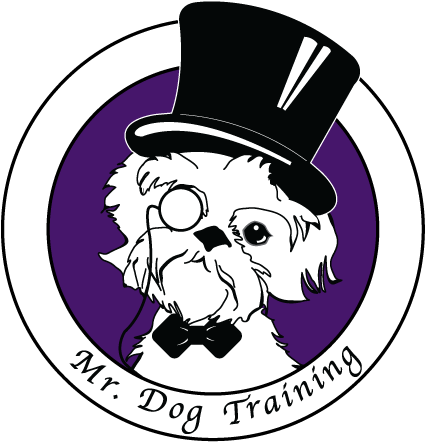Understanding Emotions: The Key to Better Relationships with Your Dog (and Yourself)
One of the most impactful things we can do for our dogs—and dare I say, for ourselves—is to understand the emotions driving behavior.
Far too often, dogs (and people) are labeled with surface-level descriptors like aggressive, angry, reactive, or mean. These terms don’t just miss the mark—they obscure the true feelings fueling those actions.
Here’s the reality: these are secondary emotions. The primary emotions beneath them are things like fear, sadness, and anxiety. These are the raw, vulnerable states that drive the behavior we see. And until we acknowledge this, we’re stuck treating symptoms instead of understanding the cause.
The beauty of this realization? It’s transformative—not just for our dogs but for us, too.
Emotional Awareness: A Two-Way Street
When we start to look beyond labels and dig into the emotional roots of behavior, we open the door to self-awareness, empathy, and change. With our dogs, this means seeing a bark, a growl, or even a bite not as a sign of “badness” but as a signal. What are they afraid of? What’s causing their anxiety? And most importantly, how can we help?
And guess what? This isn’t just about dogs. Humans? Same story. We’re all emotional creatures, driven by similar instincts. The more we learn to identify and address these underlying feelings in ourselves, the more compassion and patience we can extend—to our dogs, to others, and even to ourselves.
Expanding Compassion, Creating Change
When we understand the emotional world of our dogs, everything shifts. Suddenly, “reactive” isn’t a flaw—it’s a reflection of fear. “Stubborn” becomes a breakdown in communication. “Aggressive” becomes a plea for space or safety. This perspective shift creates room for growth, trust, and connection.
As dog guardians, we’re not just here to train behaviors. We’re here to build relationships. And relationships thrive on empathy, understanding, and mutual respect.
So, the next time your dog does something you don’t love—before slapping a label on it—pause. Ask yourself:
What are they feeling?
What do they need?
How can I help?
The answers might surprise you. And they might just lead to a happier, more connected life for both of you.
Understanding emotions isn’t just good dog training—it’s good human-ing. So, let’s commit to learning together, one emotion at a time.
Your dog, yourself, and your fellow humans, will thank you.
Sara Sokol is owner of Mr. Dog Training in Brunswick Maine; A positive reinforcement dog training facility, offering both virtual and in person classes, that has been voted best training in Maine.
